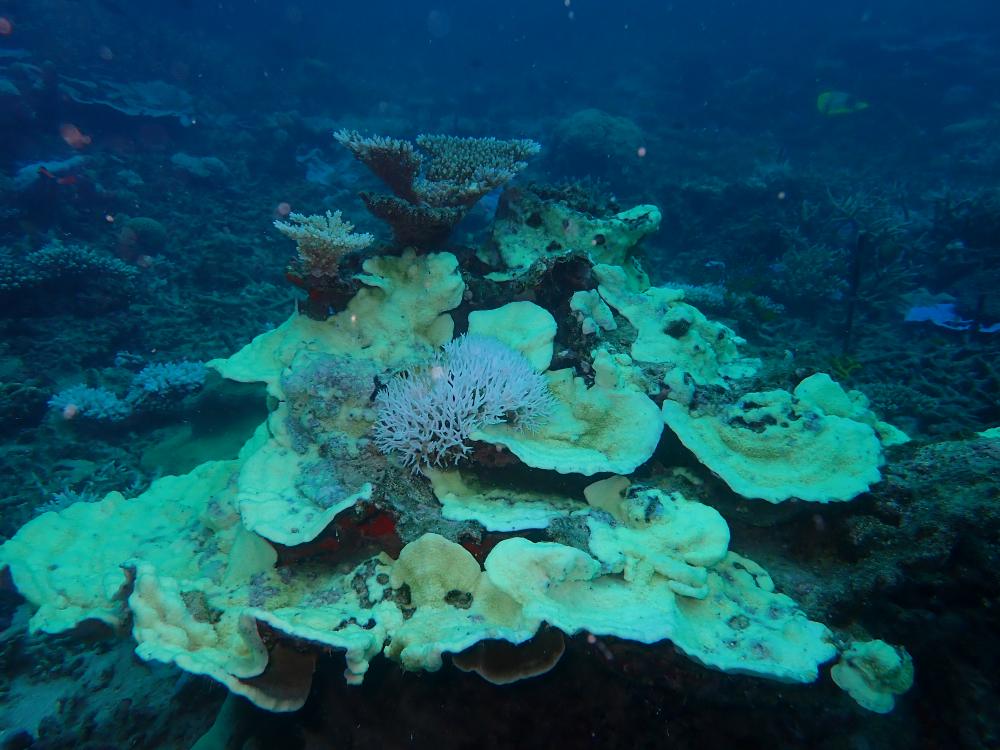
The Great Barrier Reef, the planet’s largest coral reef system, is under scrutiny as the management authority gears up for comprehensive aerial surveys. The decision is followed by helicopter observations that have revealed widespread coral bleaching, particularly in the reef’s southern regions. Reports from The Guardian highlight bleaching occurrences stretching over 1,100 kilometres, from Lizard Island in the north to the Keppel Islands in the south, stoking fears of a potential seventh mass bleaching event.
Recent helicopter surveys covering both inshore and offshore reefs off Queensland’s coast have shown bleaching to be both extensive and uniformly distributed across the 48 reefs examined. According to Dr Mark Read, the authority’s director for reef health, the majority of corals are exhibiting signs of heat stress, manifesting as either a whitening or a fluorescent response, a defence mechanism against temperature increases. Bleaching, a result of corals enduring prolonged exposure to hot waters, poses significant risks to coral health, including increased susceptibility to disease and impaired reproductive abilities. However, recovery is possible under milder conditions and with a subsequent drop in water temperatures.
The surveys, focusing on areas like the Keppel Islands, Gladstone, and the Capricorn Bunkers, have already noted limited bleaching in regions north of Mackay and the Whitsunday Islands as well. Dr Neal Cantin, a senior research scientist from the Australian Institute of Marine Science, reported clear visibility of bleached corals from the air, even at depth. As the southern section shows the most significant impact, reports from other reef areas confirm that no region is immune, underscoring the urgent need for action to protect this marine biodiversity hotspot from escalating climate challenges. Read More
News Credit: inkl.com
Picture Credit: Devin Rowell


